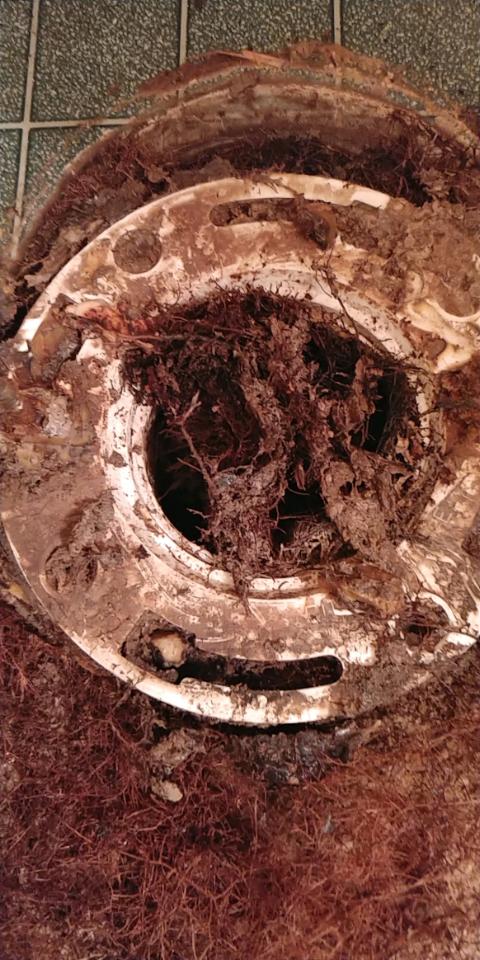Winterizing Irrigation Systems
As Winter rapidly approaches, please keep in mind your irrigation system and Backflow device can freeze and burst. If you leave water in the system it can freeze and damage the valves and lines. Preparing your sprinkler system for the Winter months is easy.
Here are a few helpful tips for your irrigation system
- Turn off the timer. Turning off the timer allows the controllers to maintain your settings so you won’t have to reprogram. If you disconnect the power you will need to reset your timer.
- Shut off the water supply using the main valve. Shutting off the main valve will protect your system from having water flowing through it.
- Above ground pipes, valves and devices should be insulated. You can purchase insulation for these devices at most home improvement stores.
If you need any help with your devices please give us a call at 704-934-0015













